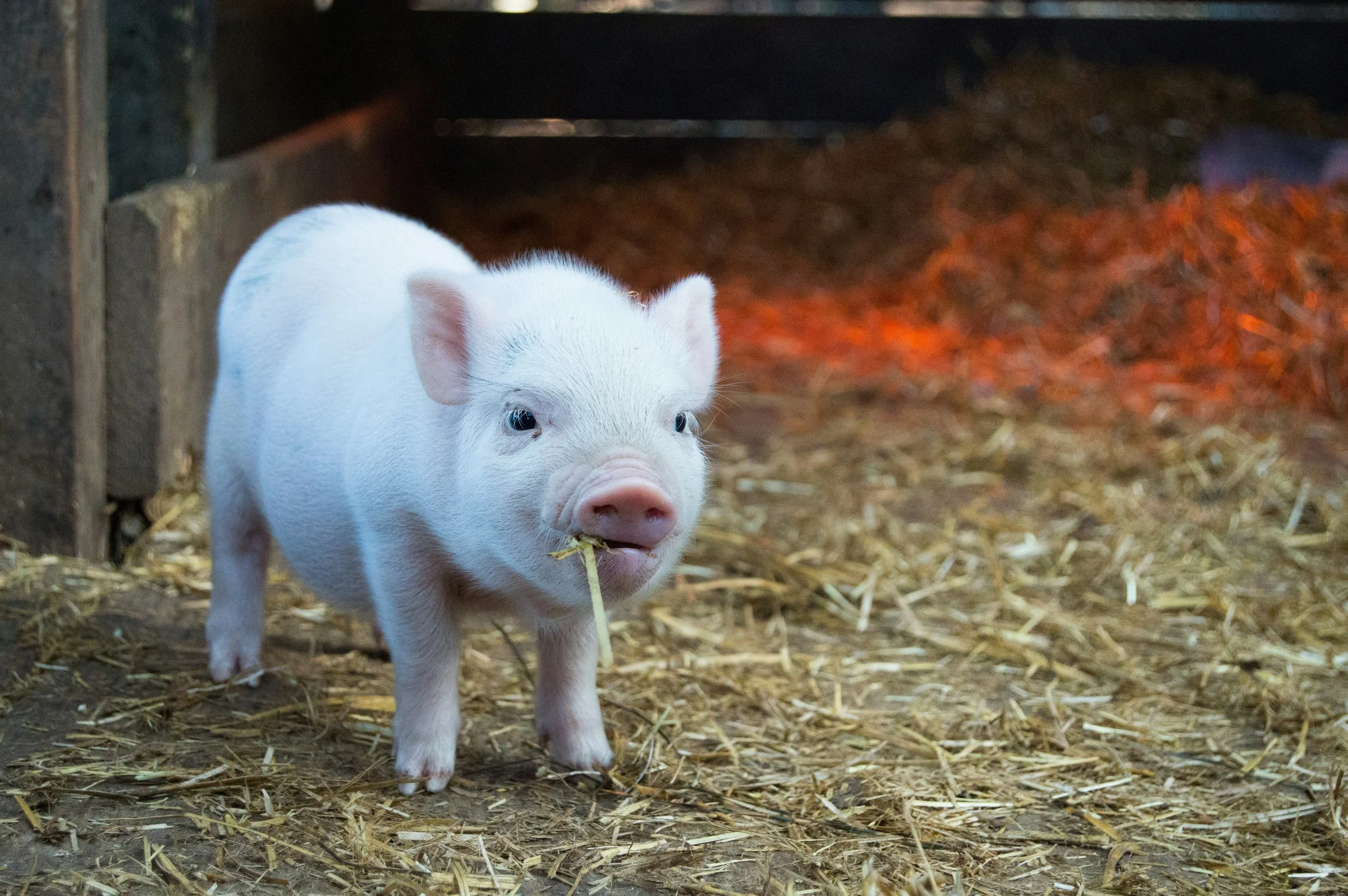 |
| Image Source |
By: Dillon Nichols, Staff Member
Con Robinson owns a composting business on his property at 4247 Georgetown Road just northwest of Lexington. Though zoned for rural agriculture use, the Board of Adjustment (the “Board”) issued Mr. Robinson a conditional permit in 1990, which, until recently, authorized his compositing business.[i] According to the Zoning Ordinance regulations, the intent of agriculture rural (A-R) zoning is “to preserve the rural character of the agricultural service area by promoting agriculture and related uses.”[ii] Conditional uses are additional activities that require the Board’s approval.[iii]
Commercial composting operations are allowed under conditional uses, but the ordinance requires that “the Board specifically consider and be able to find that the proposed use will not constitute a public nuisance by creating excessive noise, odor, traffic or dust.”[iv] The ordinance, however, only permits “the open windrow or static pile method of aerobic processing using plant material, soils and animal manure.”[v] The windrow composting method requires setting up long piles of organic matter and turning them periodically, which, over time, creates compost as microbes decompose the organic waste.[vi]
The true timeline still remains uncertain, but for some time throughout the aughts, Mr. Robinson was operating an illegal rock quarry.[vii] Some say Mr. Robinson’s composting operations ceased as early as 2003.[viii] According to minutes at a Board of Adjustment meeting, Mr. Robinson began digging and blasting on his A-R zoned land.[ix] In 2010, Mr. Robinson applied “for a conditional use permit to conduct a temporary mining and quarrying operation to improve an existing composting site.”[x] In support of his application, Mr. Robinson claimed that he needed to create an all-weather operation because, “[i]n the winter, he found that he could not work in the windrow method because weather conditions were too wet.”[xi] Mr. Robinson received a grading permit from the Division of Engineering to alter his land, presumably to build a flat space to accommodate his enhance compost operation. Board Member Jan Meyer asked Mr. Robinson if building a concrete pad—as other compost companies in the area have done—would allow him to work year around. He responded, “he could not afford to provide that amount of concrete on 22 acres.”[xii]
During the public meeting, eighteen of Mr. Robinson’s neighbors presented evidence in opposition to his ongoing operation and to his new quarry permit request.[xiii] Among other complaints they asserted that Mr. Robinson had: dug up to twenty feet below the surface; operated a commercial quarry business in violation of the zoning ordinance; reduced his composting operation to roughly ten percent of his land; used a type of composting method that violated in the zoning ordinance; damaged their collective property values; engaged in explosive blasting without proper permits that purportedly damaged a neighbor’s house foundation; and created enough limestone dust to kill seventy-five percent of his neighbor’s pine trees.[xiv] The board ultimately rejected Mr. Robinson’s request for a temporary quarry permit.[xv]
In January of this year, the board again examined Mr. Robinson’s supposed commercial composting operation. After finding that Mr. Robinson was violating his various permits, the board revoked his conditional composting permit.[xvi]
Though Mr. Robinson’s questionable activities have been well documented, the “illegal”[xvii] quarry operation is surprisingly under publicized. Given the gravity of this case, the Lexington-Fayette Urban County Government must answer two important questions: will it hold Mr. Robinson accountable and take the necessary steps to disincentive future willful violations of its zoning laws?
_________________
[i] Minutes for the Board of Adjustment Meeting, Urban County Board of Adjustment, October 29, 2010 at 31.
[ii] Lexington-Fayette Urban County, Zoning Ordinance art. 8, § 8-1. (2013).
[iii] Id.
[iv] Id.
[v] Id. (emphasis added).
[vi] See Windrow composting systems can be feasable, cost effective (Research Brief #20), Center for Integrated Agricultural Systems (1996), available at http://www.cias.wisc.edu/crops-and-livestock/windrow-composting-systems-can-be-feasable-cost-effective/.
[vii] Tom Eblen, Lexington's ordinances governing urban industry are inadequate, Lexington Herald-Leader (February 2, 2011) available at http://www.kentucky.com/2011/02/02/1620014_tom-eblen-lexingtons-ordinances.html.
[viii] Breaking the rules with few consequences; Unauthorized quarrying in rural zone for years, Lexington Herald-Leader (February 3, 2013), available at http://www.kentucky.com/2013/02/03/2501294/breaking-the-rules-with-few-consequences.html.
[ix] Minutes, supra n. 1 at 30-37.
[x] Id. (emphasis added).
[xi] Id.
[xii] Id.
[xiii] Id.
[xiv] Id.
[xv] Id.
[xvi] Minutes for the Board of Adjustment Meeting, Urban County Board of Adjustment, January 1, 2013 at 20-21.
[xvii] Eblen, supra n. 3.













